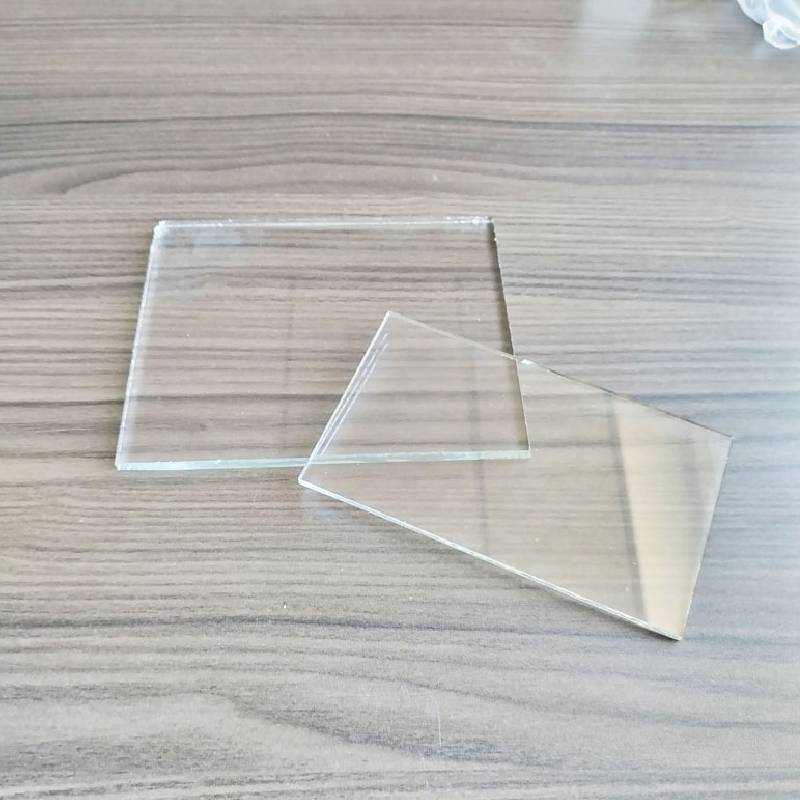Understanding Float Glass Sheets A Comprehensive Overview
Float glass, a term you might frequently encounter in the world of construction and architecture, is a type of flat glass known for its smooth surface, clarity, and versatility. The term float originates from the process by which it is manufactured, and understanding this process provides insights into its properties and applications.
The Manufacturing Process
Float glass sheets are produced through a method developed in the 1950s by Sir Alastair Pilkington. The process begins with melting raw materials such as silica sand, soda ash, and limestone in a furnace at extremely high temperatures, typically around 1,700°C (around 3,092°F). Once the raw materials are molten, the molten glass is carefully poured onto a bath of molten tin. This is where the magic happens. The glass floats on the tin, leveling itself due to its lower density and forming a flat surface as it cools.
The float process is remarkable for producing glass that is not only smooth but also uniform in thickness and size. As the glass flows over the tin, it spreads out to form sheets that can be adjusted in width and thickness according to the desired specifications. This results in high-quality, optically clear float glass sheets that are free of imperfections, making them suitable for a variety of applications.
Characteristics of Float Glass Sheets
Float glass is renowned for several key characteristics. Given its smooth surface, it has exceptional optical clarity and minimal distortion, making it ideal for applications such as windows, mirrors, and display cases. In addition, float glass sheets are relatively easy to clean and maintain, which is a significant advantage for both residential and commercial uses.
Another important characteristic is its versatility. Float glass can be treated or coated to enhance specific properties. For instance, it can be tempered for increased strength, laminated for safety (i.e., in case of breakage, the glass fragments adhere to the interlayer), or coated with Low-E (low emissivity) materials to improve energy efficiency by reflecting infrared light.
Applications of Float Glass Sheets
float glass sheets
The applications of float glass are wide-ranging. One of the most common uses is in the production of windows for residential and commercial buildings. Their clarity and smoothness make them an excellent choice for allowing natural light while providing an unobstructed view of the outside.
Moreover, float glass is widely used in the automotive industry for windshields and side windows, as well as in mirrors, glass doors, and partitions. Its aesthetic appeal and functional properties have also led to its incorporation in furniture design, where it can be found in tabletops and display cases.
In addition to traditional uses, innovations in float glass technology have led to new applications in contemporary architecture, such as facades and skylights. The ability to manipulate float glass into various shapes and sizes allows architects to create striking visual effects and contribute to energy-efficient building designs.
Environmental Considerations
As with any manufacturing process, the production of float glass has environmental implications. However, the industry has made significant strides in recent years toward more sustainable practices. Many manufacturers are increasingly implementing recycling processes, using cullet (recycled glass) as a major ingredient in their furnaces, which helps reduce raw material consumption and energy usage.
Moreover, advancements in production technology have led to more energy-efficient processes and the development of products that enhance the energy performance of buildings. This aligns with global trends toward sustainability and environmental responsibility, making float glass a more eco-friendly option compared to some alternatives.
Conclusion
Float glass sheets represent a crucial element in both the architectural and manufacturing landscapes. With their clarity, versatility, and adaptability to various applications, they are a favored choice across many industries. As technology continues to evolve, the future of float glass is poised for even greater innovations that enhance both performance and sustainability. Whether enhancing the aesthetic appeal of a building or contributing to energy efficiency, float glass will undoubtedly remain an essential material for years to come.
 Afrikaans
Afrikaans  Albanian
Albanian  Amharic
Amharic  Arabic
Arabic  Armenian
Armenian  Azerbaijani
Azerbaijani  Basque
Basque  Belarusian
Belarusian  Bengali
Bengali  Bosnian
Bosnian  Bulgarian
Bulgarian  Catalan
Catalan  Cebuano
Cebuano  Corsican
Corsican  Croatian
Croatian  Czech
Czech  Danish
Danish  Dutch
Dutch  English
English  Esperanto
Esperanto  Estonian
Estonian  Finnish
Finnish  French
French  Frisian
Frisian  Galician
Galician  Georgian
Georgian  German
German  Greek
Greek  Gujarati
Gujarati  Haitian Creole
Haitian Creole  hausa
hausa  hawaiian
hawaiian  Hebrew
Hebrew  Hindi
Hindi  Miao
Miao  Hungarian
Hungarian  Icelandic
Icelandic  igbo
igbo  Indonesian
Indonesian  irish
irish  Italian
Italian  Japanese
Japanese  Javanese
Javanese  Kannada
Kannada  kazakh
kazakh  Khmer
Khmer  Rwandese
Rwandese  Korean
Korean  Kurdish
Kurdish  Kyrgyz
Kyrgyz  Lao
Lao  Latin
Latin  Latvian
Latvian  Lithuanian
Lithuanian  Luxembourgish
Luxembourgish  Macedonian
Macedonian  Malgashi
Malgashi  Malay
Malay  Malayalam
Malayalam  Maltese
Maltese  Maori
Maori  Marathi
Marathi  Mongolian
Mongolian  Myanmar
Myanmar  Nepali
Nepali  Norwegian
Norwegian  Norwegian
Norwegian  Occitan
Occitan  Pashto
Pashto  Persian
Persian  Polish
Polish  Portuguese
Portuguese  Punjabi
Punjabi  Romanian
Romanian  Russian
Russian  Samoan
Samoan  Scottish Gaelic
Scottish Gaelic  Serbian
Serbian  Sesotho
Sesotho  Shona
Shona  Sindhi
Sindhi  Sinhala
Sinhala  Slovak
Slovak  Slovenian
Slovenian  Somali
Somali  Spanish
Spanish  Sundanese
Sundanese  Swahili
Swahili  Swedish
Swedish  Tagalog
Tagalog  Tajik
Tajik  Tamil
Tamil  Tatar
Tatar  Telugu
Telugu  Thai
Thai  Turkish
Turkish  Turkmen
Turkmen  Ukrainian
Ukrainian  Urdu
Urdu  Uighur
Uighur  Uzbek
Uzbek  Vietnamese
Vietnamese  Welsh
Welsh  Bantu
Bantu  Yiddish
Yiddish  Yoruba
Yoruba  Zulu
Zulu 

